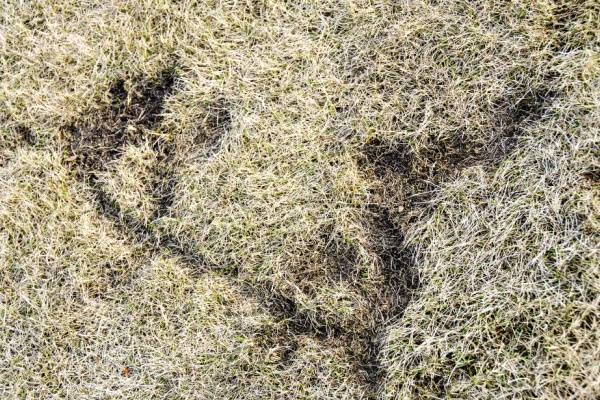
What Do They Look Like?
Voles have a round body, short legs, and a short tail. They have dark brown fur, with lighter underbellies. They have small, round ears and a pointed nose. They're about 5-8 inches in length, including their tail.
Efficient Every Time!
Our technician, Justin, was very helpful in identifying a vole problem and helped with a plan to solve this problem. Very friendly and willing to help. We recommend this company for household pest control as it’s professional and efficient every time.
Read more from Shikha P.
Why are They Considered Pests?
Voles can cause damage to crops and gardens by eating the roots and stems of plants.
They also feed on seeds, grasses, and small insects.


Are Voles Harmful to Humans or Pets?
They are not generally harmful to humans or pets, but their burrowing and tunneling activities can cause structural damage to buildings and landscaping.
They can also carry fleas and other parasites that can be harmful to pets.
Are Voles Protected by Law?
In some areas, voles are considered endangered and are protected by law. It may be illegal to trap or harm them without a permit.
That's why it's important to check local regulations before attempting to control these little rodent pests in your yard.
Your Croach® pest management professional will be familiar with local regulations, so don’t be afraid to ask questions.
Pest Control Services Near You
Get a Croach® pest exterminator near:
- Seattle (including Mukilteo, Sumner, Kirkland, Tacoma, Mount Vernon) and Tri-Cities, Washington.
- Spokane, Post Falls, Kooskia, Lewiston, and Boise, Idaho.
- Portland, Beaverton, Oregon.
- Denver, Aurora, Colorado.
- Salt Lake City, Sandy, Utah.
- Charlotte, NC.
- Columbia and Greenville, South Carolina.
Free Pest Inspection
How Can I Control Vole Populations?
Some methods of controlling vole populations include:
- trapping
- repelling with odor deterrents
- using physical barriers to keep them away from plants and lawns
Your best option to get rid of voles is to consult with a pest management professional like the technicians who work at Croach®.
Integrated Pest Management Strategies
Croach® employs Integrated Pest Management (IPM) to effectively remove pests and prevent future infestations.
IPM encompasses a variety of non-toxic strategies focused on long-term eradication of harmful pests using the least amount of chemicals possible for minimum impact on the natural environment.
Here are some IPM recommendations to discourage voles:
- Seal exterior cracks, crevices and areas around pipes and electrical that enter buildings through walls.
- Reduce clutter indoors and outdoors.
- Keep all exterior doors closed.
- Eliminate weeds, ground cover, mulch and dense ornamental plantings that provide food and shelter during warm weather.
More About Voles
- What do voles eat?
Voles feed on a variety of vegetation, including roots, stems, leaves, and the bark of trees and plants. They also feed on seeds, grasses, and small insects. - Where do voles live?
Voles live in a variety of habitats, including meadows, fields, pastures, and wooded areas. They dig extensive burrow systems in the ground, where they live and raise their young. - How do voles reproduce?
Voles have a very high reproductive rate, with females able to produce up to 5 litters per year, each with 4-5 young. They reach sexual maturity within a few months and can begin reproducing shortly thereafter. - Where do voles live?
Voles live in a variety of habitats, including meadows, fields, pastures, and wooded areas. They dig extensive burrow systems in the ground, where they live and raise their young. - How do voles reproduce?
Voles have a very high reproductive rate, with females able to produce up to 5 litters per year, each with 4-5 young. They reach sexual maturity within a few months and can begin reproducing shortly thereafter.
If you have or suspect you have voles, let your Croach® technician know. We can help!

